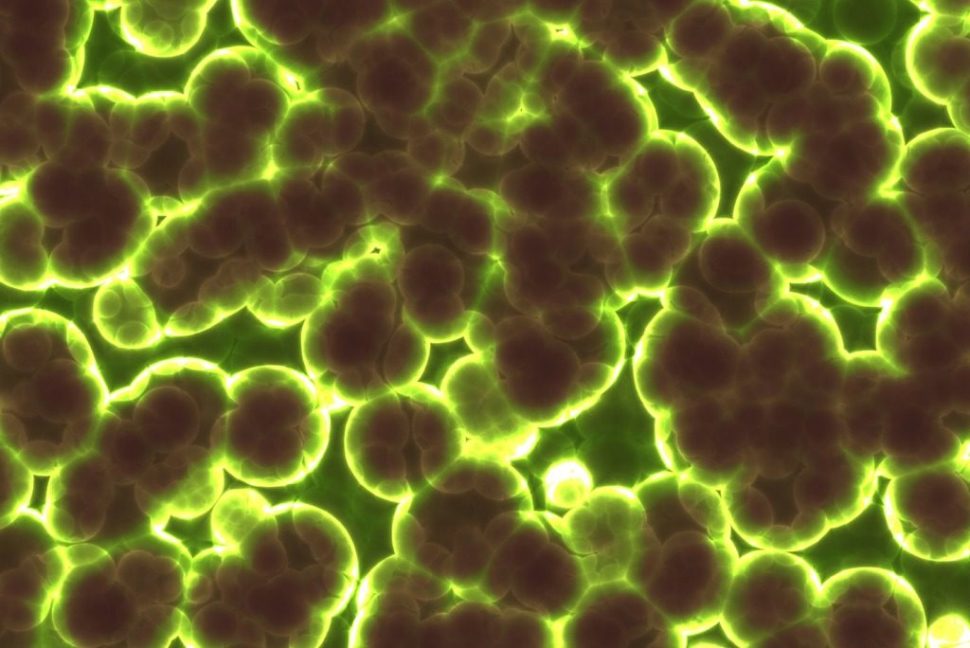A new study reveals that a particular form of bacteria can pass sensory knowledge from one cell generation to another.
Researchers from the University of California, Los Angeles recently discovered that some bacteria have “memory”. This “memory” enables the bacteria to pass sensory knowledge from one cell generation to the next without the need for neurons or a central nervous system.
In an interview with Newsweek, Gerard Wong, co-author of the study published in the journal PNAS and a professor at the UCLA was quoted as saying:
“[Bacteria] are single-celled, don’t have neurons and don’t have a central nervous system, so how do they have anything that looks like memory? The very existence of memory is a bit surprising.”
Unfortunately, the findings have serious implications for people with cystic fibrosis, a disorder that can cause severe lung damage.
In their paper, the researchers analyzed a strain of bacteria called Pseudomonas aeruginosa while it was still in its early biofilm development. Biofilm is the thin, slimy layer of bacteria found in the lungs of patients with cystic fibrosis. This bacteria causes a type of infection that is proven to be lethal if not treated immediately.
Bacterial biofilms can also form in surgical implants like artificial hips which sometimes causes implant failure. Biofilms are composed of genetically identical bacterial cells that adhere to nearly any surface.
Read More: Untreatable “Nightmare” Bacteria is Spreading in the U.S.
“The first step in forming a biofilm is that bacteria must sense the surface and develop the ability to attach,” Calvin Lee, a UCLA graduate student, and the study’s co-first author, went on to say:
“For the first time, we were able to follow the behavior of entire lineages of individual cells, and we discovered that the descendants could remember the surface sensing signals of their ancestors.”
According to Wong, the team found that the bacteria use appendages to sense the surface. After that, they pass on the “memory” of the surface to the next cell generation and their descendants.
For the team of researchers to analyze this bacterial process, they utilized a multigenerational cell tracking method that they personally developed.
They also used several other data analysis methods, including one that is usually used in analyzing pitch in music. Wong and his team’s research was is the first reported use of such techniques in biological measurements.
Experts believe that this groundbreaking discovery could provide new explanations on how biofilm development could be slowed or prevented by minimizing their exposure to surfaces.



















Comments (0)
Most Recent